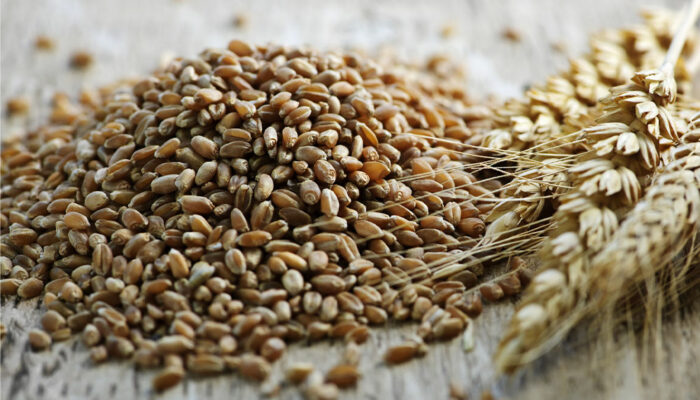
health
4 easy ways to manage psoriatic arthritis
Psoriatic arthritis (PsA) affects about one million people in our country. It is a kind of arthritis that affects those with a skin disorder known as psoriasis. Usually, patients have psoriasis years before arthritis develops. However, the good news is that one can manage the symptoms of psoriatic arthritis, such as stiffness, swelling, and joint pain. Here are a few treatment options, nutrition tips, lifestyle changes, and other remedies psoriatic arthritis patients must follow: Treatment options RINVOQ is a popular oral treatment for adults with active psoriatic arthritis. It is generally used when traditional options have not been effective. Note that RINVOQ may not be safe and effective for children below 12. Its side effects include allergic reactions and immune system problems. Otezla is another treatment option for active psoriatic arthritis that helps relieve inflammation caused due to the disease. It inhibits a particular enzyme, which helps control inflammation inside the cells. The common side effects of Otezla include diarrhea, nausea, and upper respiratory tract infection. A proper meal plan Patients must avoid fatty red meats, dairy products, refined sugar, and processed foods because these can trigger inflammation. Nightshade vegetables like potatoes, eggplants, and tomatoes also have the same effect.
Read More 








